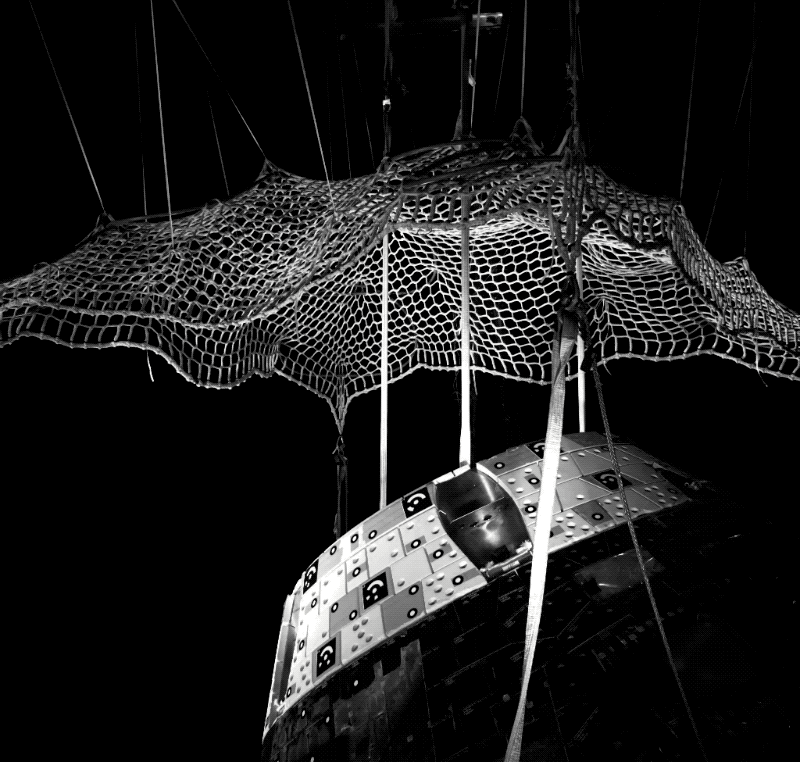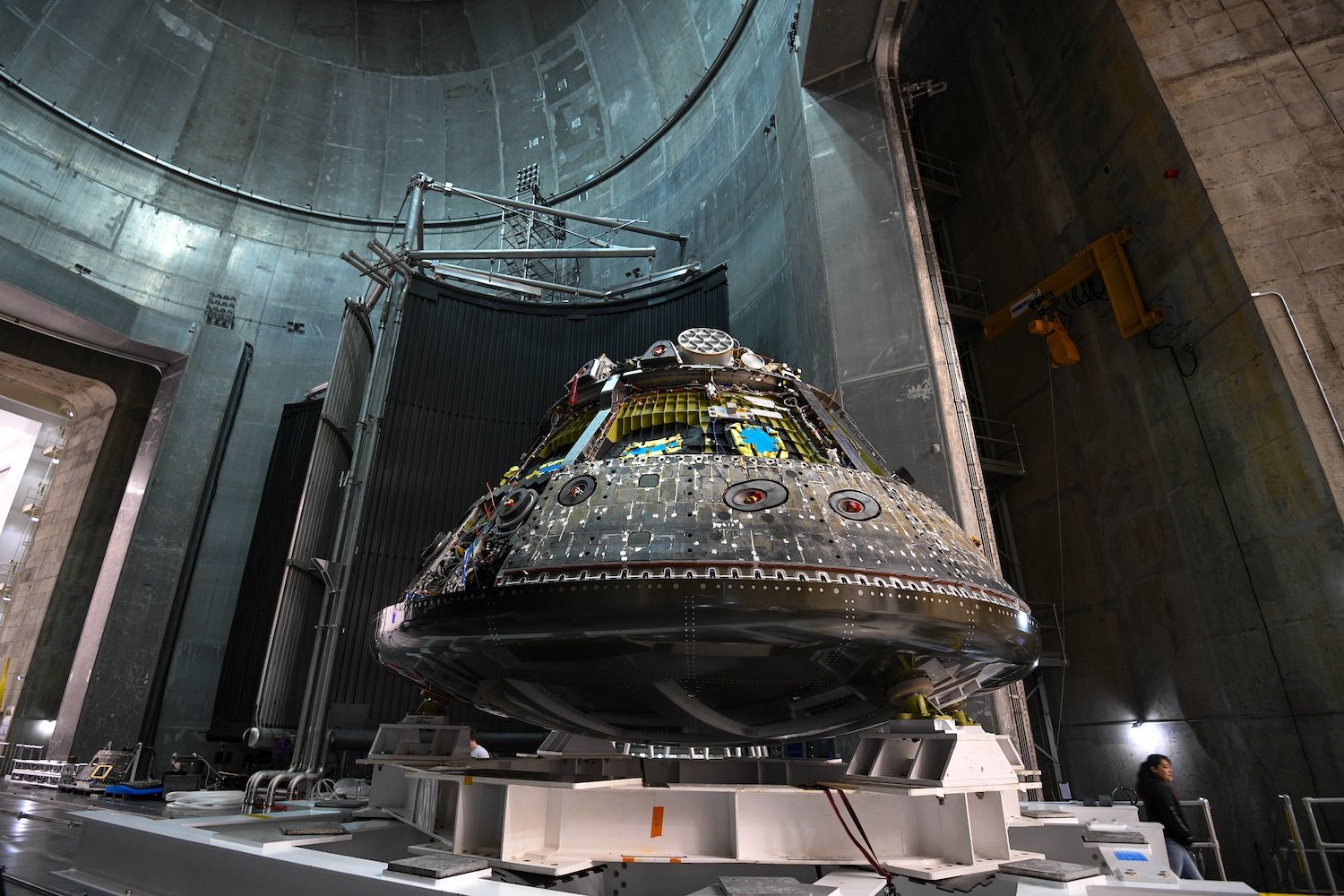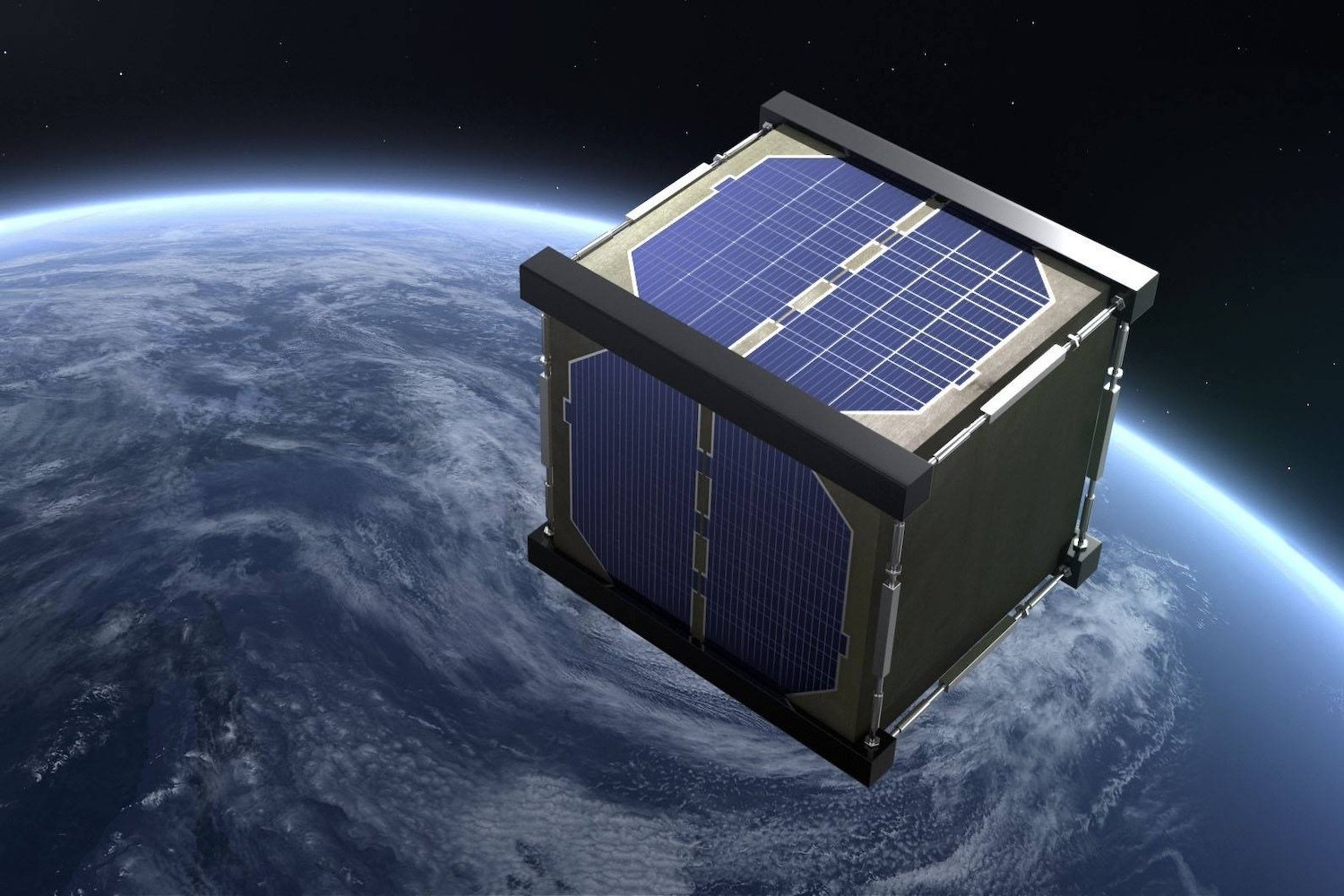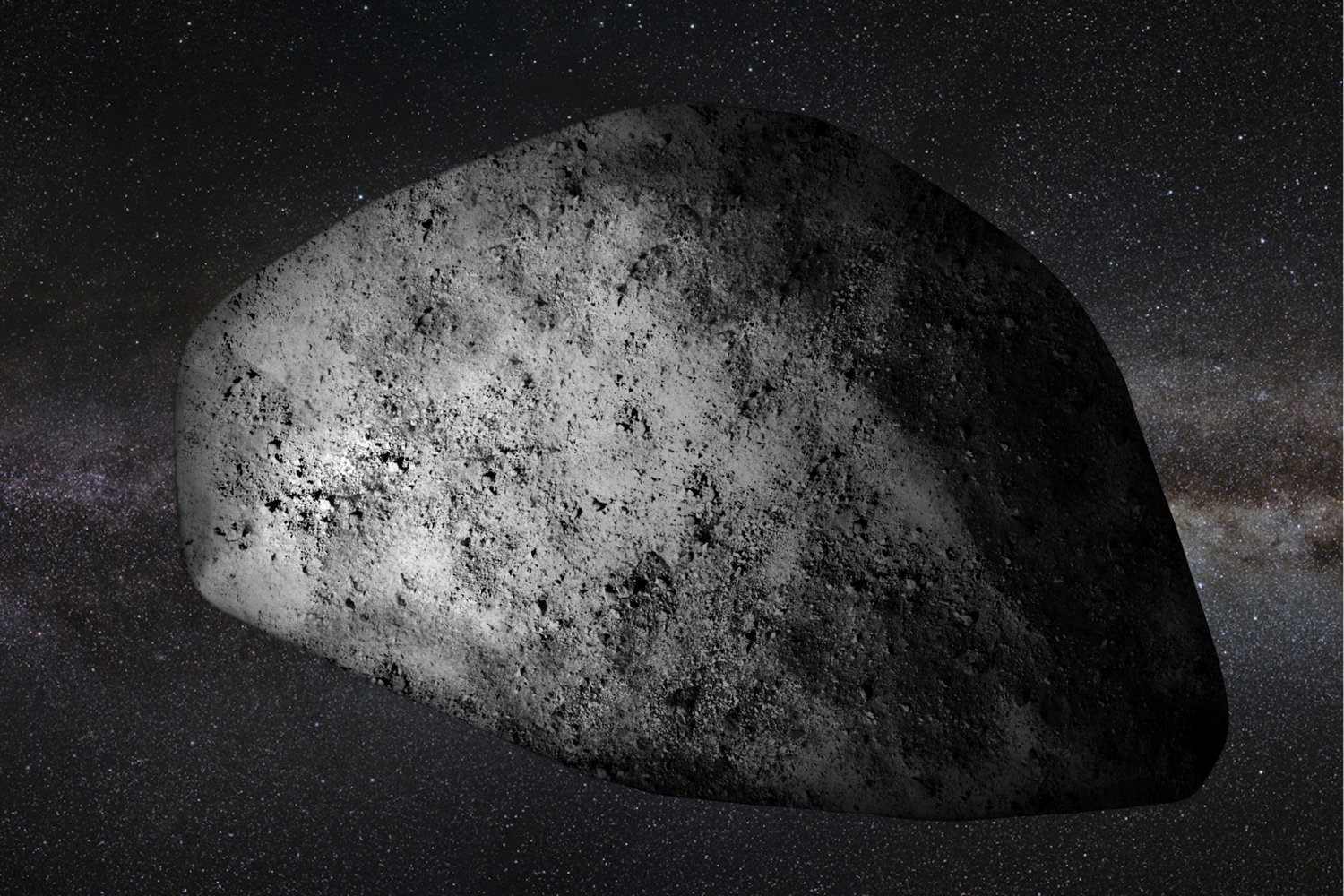NASA has subjected its Orion spacecraft to rigorous testing, simulating extreme launch abort scenarios to ensure crew safety for the upcoming Artemis II mission. This 11-month test campaign focused on the crew module and took place at NASA’s Neil Armstrong Test Facility in Sandusky, Ohio. The tests were designed to validate Orion’s ability to separate from the Space Launch System (SLS) rocket and ensure a safe ocean splashdown in the event of a launch emergency.
The Orion Environmental Test Article (ETA) endured a series of demanding tests mimicking the intense conditions of a launch abort. These tests included simulations of noise levels and electromagnetic effects from potential lightning strikes. “This event would be the maximum stress and highest load that any of the systems would see,” stated Robert Overy, Orion ETA project manager at NASA’s Glenn Research Center. “We’re taking a proven vehicle from a successful flight and pushing it to its limits. The safety of the astronaut crew depends on this test campaign.”
 Orion Emergency TestOrion’s docking module, parachute covers, and airbags being ejected during an abort test. This crucial process allows the parachute system and airbags to deploy, ensuring a safe ocean landing for the crew.
Orion Emergency TestOrion’s docking module, parachute covers, and airbags being ejected during an abort test. This crucial process allows the parachute system and airbags to deploy, ensuring a safe ocean landing for the crew.
The tests focused on critical systems, including the ejection of the docking module and parachute covers, as well as the deployment of five airbags designed to cushion the spacecraft upon splashdown. This complex sequence is essential for a safe ocean landing in an abort scenario. The forward bay cover is the final component to eject before parachute deployment.
Orion Heat ShieldOrion splashdown test: ensuring crew safety through a simulated ocean landing.
Initial results indicate the Orion module performed successfully. “It’s been a successful test campaign,” Overy confirmed. “The data has matched the prediction models, and everything operated as expected after being subjected to nominal and launch abort acoustic levels. We are still analyzing data, but the preliminary results show the vehicle and facility operated as desired.”
This rigorous testing utilized the Reverberant Acoustic Test Facility, constructed by NASA in 2011. This facility is recognized as the world’s most powerful spacecraft acoustic test chamber and plays a vital role in ensuring crew safety. “These tests are absolutely critical because we have to complete all of these tests to say the spacecraft design is safe and we’re ready to fly a crew for the first time on Artemis II,” explained Michael See, ETA vehicle manager at NASA’s Orion Program. “This is the first time we’ve been able to test a spacecraft on the ground in such an extreme abort-level acoustic environment.”
The Artemis II mission, slated for April 2026, will send four astronauts on a lunar orbit mission. This mission follows the successful Artemis I, an uncrewed test flight in November 2022, which traveled 1.4 million miles to the Moon and back. While Artemis I was deemed a success, it did reveal an unexpected performance issue with Orion’s heat shield during reentry.
Artemis II serves as a crucial stepping stone for Artemis III, planned for mid-2027, which aims to be the first human Moon landing since the Apollo program. NASA’s Artemis program has faced various challenges, including delays and cost overruns, related to issues with the SLS rocket, Orion’s heat shield, and other factors. However, the successful completion of these abort system tests represents significant progress in ensuring the safety and readiness of the Orion spacecraft for its upcoming crewed missions.










